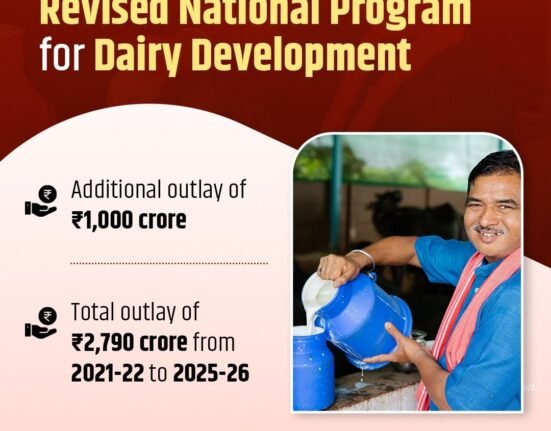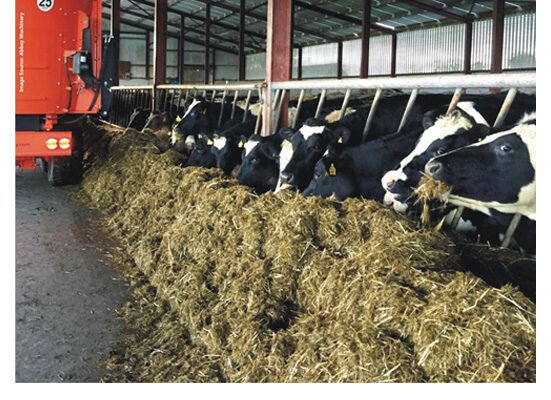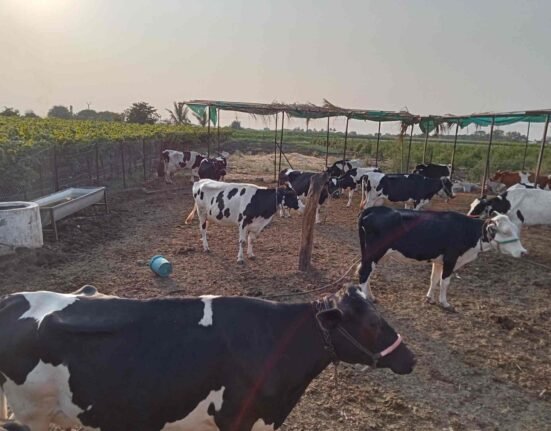Patna/Ranchi ‚Äď Amid rising production costs and inflationary pressure in the dairy sector, Sudha Dairy has become the latest major cooperative to raise milk prices, following in the footsteps of Amul, Mother Dairy, and Nandini over the past month.
Starting May 22, Sudha Dairy’s new rates will apply across Bihar and Jharkhand:
- ūü•õ Sudha Gold (Full Cream Milk): ‚āĻ65/litre
- ūü•õ Sudha Shakti Milk: ‚āĻ57/litre
- ūü•õ Cow Milk: ‚āĻ54/litre
This ‚āĻ2 per litre hike is attributed to rising animal feed costs, transportation expenses, and energy prices, all of which are squeezing the margins of dairy cooperatives.
ūüďä Recent Milk Price Hikes Across India
Sudha Dairy’s increase is part of a larger trend seen across India’s milk industry:
ūüĒł Amul (GCMMF) ‚Äď From May 1, prices for all major variants, including Amul Gold, Amul Taaza, and Amul Cow Milk, were raised by ‚āĻ2 per litre.
ūüĒł Mother Dairy ‚Äď Implemented a ‚āĻ2 per litre hike in Delhi-NCR in late April, affecting both full cream and toned milk.
ūüĒł Nandini Dairy (KMF, Karnataka) ‚Äď Hiked prices in early May by ‚āĻ2 per litre in Bengaluru and other regions of Karnataka.
ūüĒł Verka (Punjab) ‚Äď Also revised rates in May, with price hikes ranging from ‚āĻ1 to ‚āĻ2 per litre depending on the variant.
ūüĒł Aavin (Tamil Nadu) ‚Äď Though state-controlled, Aavin hinted at potential adjustments due to increased procurement and feed costs, though no official hike was confirmed at time of writing.
“We’re witnessing a nationwide ripple effect in milk pricing driven by input inflation‚ÄĒespecially fodder, diesel, and packaging materials,” said an analyst tracking dairy inflation in India.
ūüźĄ About Sudha Dairy
Founded in 1983, Sudha Dairy operates under the Bihar State Milk Cooperative Federation Limited (COMFED). It was established to give farmers fair procurement rates while eliminating middlemen. Today, Sudha is a critical player in eastern India’s dairy cooperative network.
Despite price hikes, Sudha has not raised rates for its value-added dairy products such as ghee, curd, lassi, and sweets‚ÄĒan effort to cushion consumers from widespread food inflation.







